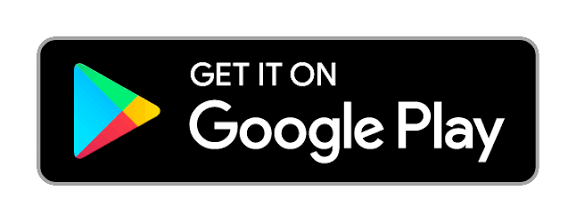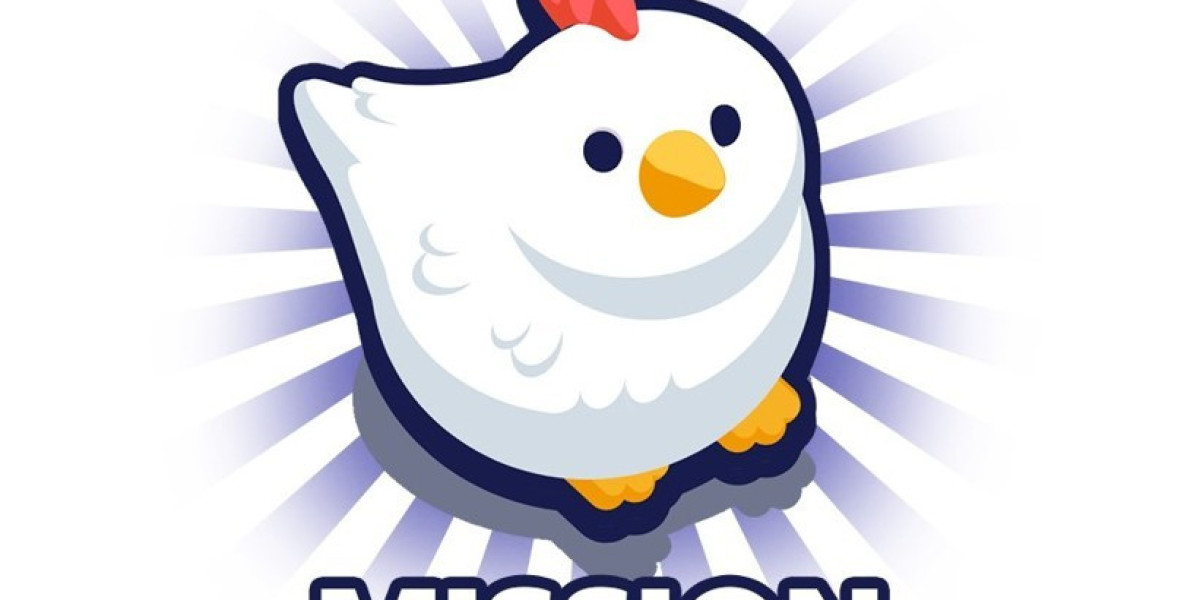Modern B2B sales teams are no longer dependent on cold lists, mass outreach, and guesswork. Today, the most successful revenue teams use intent data, the real signals showing which companies are researching a problem your product solves, to guide outreach, personalize messaging, and accelerate pipeline movement.
Intent data helps you answer core questions every seller faces:
Who do we speak with first?
Which accounts are prioritizing this problem currently?
What messaging will resonate with them the most?
When does one make the effort for the close?
When applied effectively, intent data aligns marketing and sales motions and removes friction across the funnel. Instead of trying to convince buyers that they should care, you're connecting with prospects who already do.
In this blog, we'll break down how to leverage intent data at every major stage of the sales cycle, from prospect research to the final close.
What is Intent Data?
Intent data refers to behavioral signals that show a person or company is actively exploring a topic, solution, or problem. This kind of data could come from:
Type of Intent Data | Source | Example Signals |
First-Party Intent | Your website, product, CRM | Page visits, demo requests, pricing page views |
Second-Party Intent | Publisher or review websites | Comparison articles, “alternatives to” lists |
Third-Party Intent | Data networks and B2B platforms | Search relevant keywords across the web |
The strength of intention is a function of the specificity and recency of the behavior. For example:
Someone reading general blogs on “CRM benefits” is showing broad interest.
High buying intent is indicated by someone comparing “Salesforce vs HubSpot pricing.”
The Sales Cycle + How Intent Data Fits In
Stage 1: Prospect Research and Targeting
The typical outbound selling process starts with a big question:
Which accounts are worth pursuing right now?
Intent data helps SDRs avoid the common issue of wasting time on companies not ready to buy. Conversely, when you have it, you're able to prioritize accounts that are actively researching your solution or related pain points.
How to Use Intent Data at This Stage
Identify High-Intent Accounts
Filter accounts that show spikes in relevant topics or keywords.Align Buyer Personas
Cross-check whether those accounts match your ideal customer profile.
High intent + strong ICP fit = top priority accounts.Build Smart Prospect Lists
Pull contact lists only for relevant decision-makers within those target accounts.
Outcome:
Your outreach list shrinks because you are targeting accounts that are more likely to convert—not because you have fewer opportunities.
Stage 2: Personalized Outreach and Lead Engagement
You now know whom to reach out to; the next step is knowing what to say.
Intent data shows not only interest but exactly what the buyer cares about. For example:
If the buyer read articles about data migration, your outreach should lead with ease of onboarding.
If their buying process included comparing pricing pages, your messaging should address ROI and cost justification.
How to Personalize Using Intent Signals
Intent Clue | Outreach Angle |
Reading competitor comparison reviews | Position your differentiators early |
Searching for implementation guides | Focus on quick setup and support |
Visiting pricing page multiple times | Push a discovery call for cost fit |
Downloading technical documentation | Provide architecture diagrams and security info |
Example Outreach Line:
“I noticed your team has been exploring ways to streamline onboarding workflows. Many companies at a similar stage were able to reduce setup time by 40% using our automated provisioning feature. Would it be useful to walk you through how that works?”
This is relevance, not simply personalization.
Stage 3: Sales Discovery and Needs Qualification
In discovery, intent data leads the conversation toward the most pressing pain points.
Instead of broad qualification questions, sellers can use highly targeted ones like:
“I saw your product team is scaling. Are onboarding workflows becoming harder to standardize?”
“It looks like you’re evaluating integration options—how important is API flexibility to you right now?”
This signals to the buyer that:
You've done your homework,
You understand their challenges,
And you're not wasting their time.
How Intent Data Strengthens Discovery
Makes conversations more strategic
Reduces time spent on uncovering basic context
Helps sellers identify real buying urgency vs. casual research
Stage 4: Solution Presentation and Demo Alignment
Once the buyer is engaged, the key then lies in showing the right value.
If the buyer has shown:
Intent Theme | Demo Focus |
Security + compliance | Lead with data privacy and protection features |
Workflow optimization | Show automation and efficiency gains |
Cost / ROI | Share case studies and TCO comparisons earlier |
Use Intent Data to Personalize Demo Flows
Instead of displaying every feature, emphasize:
2–3 pain-solving workflows
Real use cases aligned to the buyer's KPIs
Outcomes for similar companies (industry, size, model)
This greatly increases demo-to-close conversion.
Stage 5: Proposal, Negotiation & Closing
As you near the close, intent data helps you determine:
Are they assessing competitors?
Is the deal at risk?
Which decision-maker is most engaged?
Is price the real objection?
How to Use Intent Data to Close Smart
Signal | Meaning | Action |
Increase in competitor comparison searches | They’re checking alternatives | Reinforce differentiators and ROI |
Spike in “budget justification” content | Internal approval cycle is happening | Equip champion with business case slides |
Drop in website engagement | Deal is cooling | Re-engage stakeholders with urgency or value |
Strengthening Your Champion
Provide them with:
1-page ROI justification sheet
Internal presentation slide deck
Competitive comparison matrix
You're not just selling to them, you're helping them sell internally.
Why Intent Data Works So Well
Warmer pipeline: Sales spends time on buyers who are active now.
Faster sales cycles: Buyers already understand the problem and need.
Higher win rates: Personalization makes your product feel like the obvious fit.
Better alignment between Sales & Marketing: Shared priority account view.
Intent data shifts the sales process from push-based to timing-based.
Instead of convincing someone to care, you're connecting with people who already do.
Final Thoughts
Intent data isn't just a lead-scoring tool; it's a full-cycle revenue strategy. Used correctly, it influences:
Who you contact
When you contact them
What message you deliver
How you guide the buying decision
And how you close
The future of sales belongs to teams that predict demand instead of chasing it — and intent data is the most powerful way to do exactly that.










